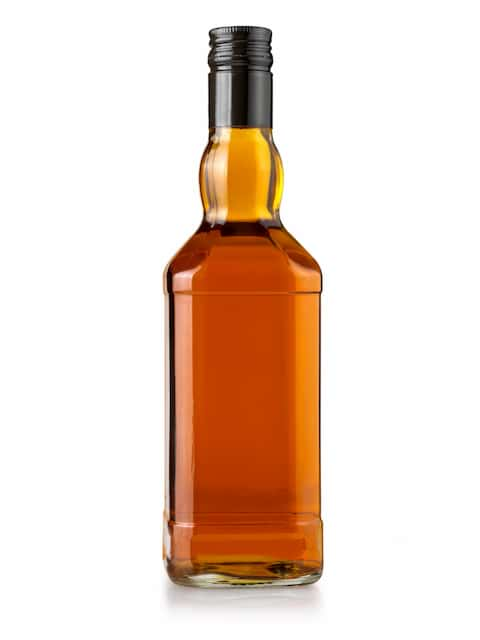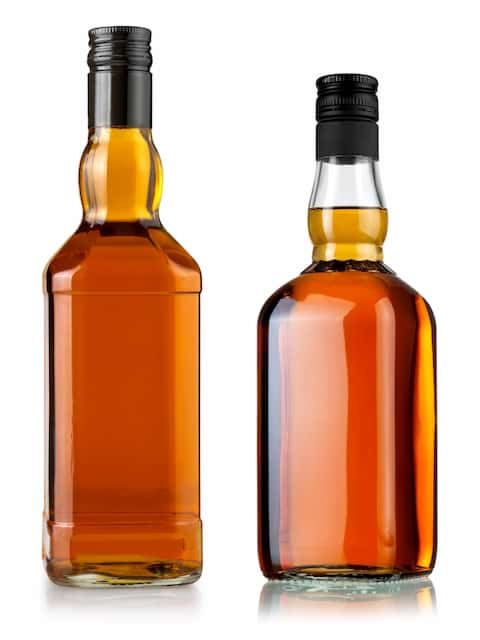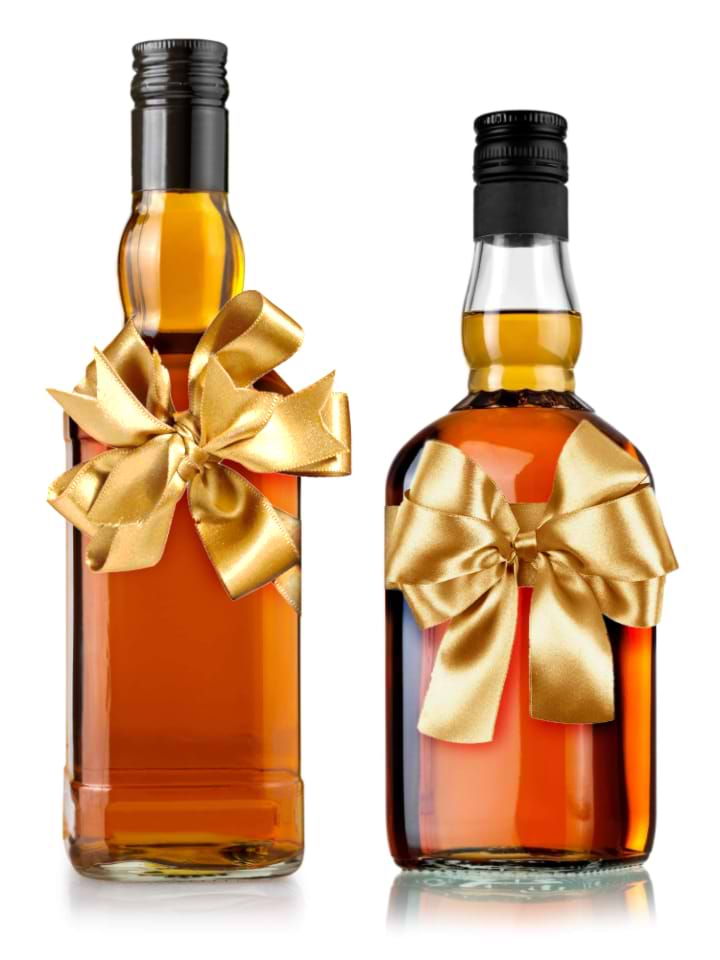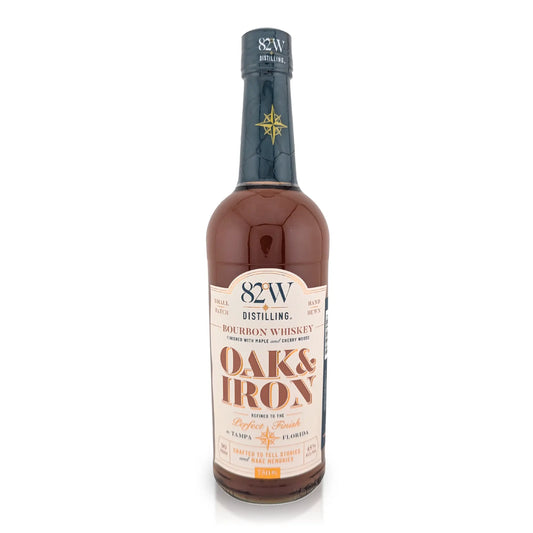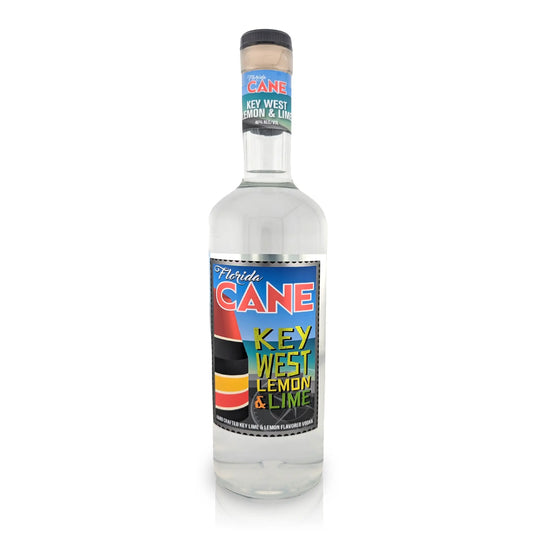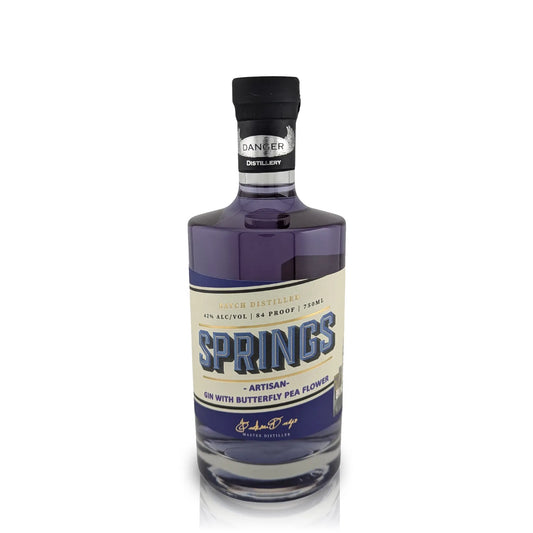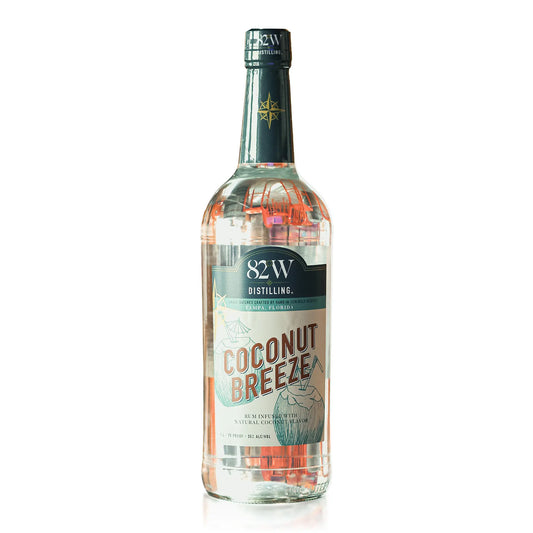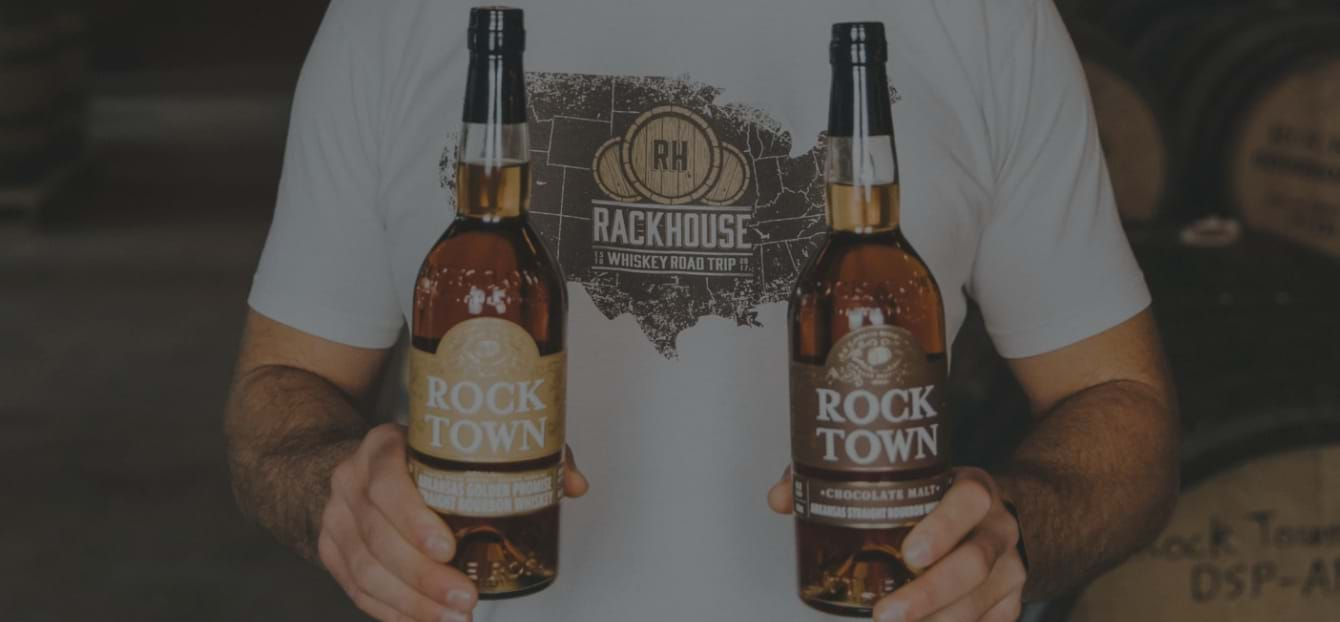
It was a match made in heaven.
Or in Jim Batdorf’s case: Richland, Washington.
When the owners of Richland-based Solar Spirits, a small craft distillery founded in 2015, approached Batdorf about helping them with implementing a sustainable, solar-powered approach to producing alcohol, he jumped at the chance.
“I’ve always loved renewable energy. In fact, my thesis work was on geothermal energy so you could say I’ve always held an interest in solar. The opportunity to work at the distillery just clicked with my longtime background,” he said. “Plus, I love whiskey.”
Batdorf spent close to 40 years as a chemical engineer, converting and recycling all kinds of solid, chemical, and hazardous waste into hydrogen. Now he’s the chief distiller for Solar Spirits. The professional shift from chemical engineer to whiskey and vodka maker was seamless. “I knew a lot about distillation, even though I hadn’t practiced it for making spirits.”
To incorporate sustainability into the distillery, Solar Spirits started with solar thermal panels, which power their mash and distilling process. Each of the 12 thermal panels contains a series of tubes with two glass cylinders nestled within each tube, like a thermos insulation.
Energy from the sun flows through the panels and heats water going through the cylinders to the 100-200℉ temperature range needed for steeping, which hydrates the barley, activates the malt enzymes and converts the grain starches into sugars that can be fermented or turned into alcohol.
Another way Batdorf modified the system was to use recirculating heated oil instead of steam, which integrates well with the solar thermal system. Thermal oil flows through the header and is heated by the sun’s energy, which in turn heats the stills. One of the reasons to use a continuous system is to save time and labor because it runs by itself, is easily automated and frees up time on the other still to make more products overall.
Batdorf says that not only does this cut down on energy costs, but it gives them an advantage over other craft distillers. “Most distilleries use natural gas to create steam and we use electricity plus solar energy to heat the oil,” he says. “It’s safer and more controlled than steam, so it has some technical advantages.”
Plus with steam, Batdorf says, you’re operating at one temperature, which is about 250℉, whereas Solar Spirits can operate at 120℉, 140℉, 180℉, 300℉ or any other temperature in between. This gives Batdorf much more precise control of the stills.
“Our heating system gives us some unique control; it allows us to do things you can’t otherwise do with steam,” he added. As a result, Solar Spirits is able to make vodka, two gins, cranberry brand, grappa brandy, cherry brandy, whiskey and flavored vodkas.
Beyond the distilling process, Solar Spirits sources directly from farms in the Pacific Northwest region so they use only the highest quality ingredients. And as they evolve, Batdorf looks for more and more ways to make the distillery fully sustainable. Everything from lighting to heating and air conditioning is powered by renewable energy. They’re pledging to reduce plastic use and their carbon footprint as it relates to shipping and transportation costs.
“I’ve been an environmentalist my whole life,” Batdorf says. “I’m hopeful we can continue to find a better path forward that has less impact on our environment and is sustainable for people in the long run.”
For other craft distillers hoping to incorporate sustainability into their practices, Batdorf says you really have to understand your supply chain. “Get a handle on everything your business is going to do from production to bottling, packaging and selling. That will overlap with including sustainability in your business,” he says.
That type of focus is what enables Batdorf to have his hand in every part of the Solar Spirits business, including sales, marketing, business planning, as well as the distilling and product development.
And it sure beats a typical retirement. “I’ve failed at retirement,” he says. “Now that I’ve had this in my blood, I’m not sure I could ever get this out of my blood.”


